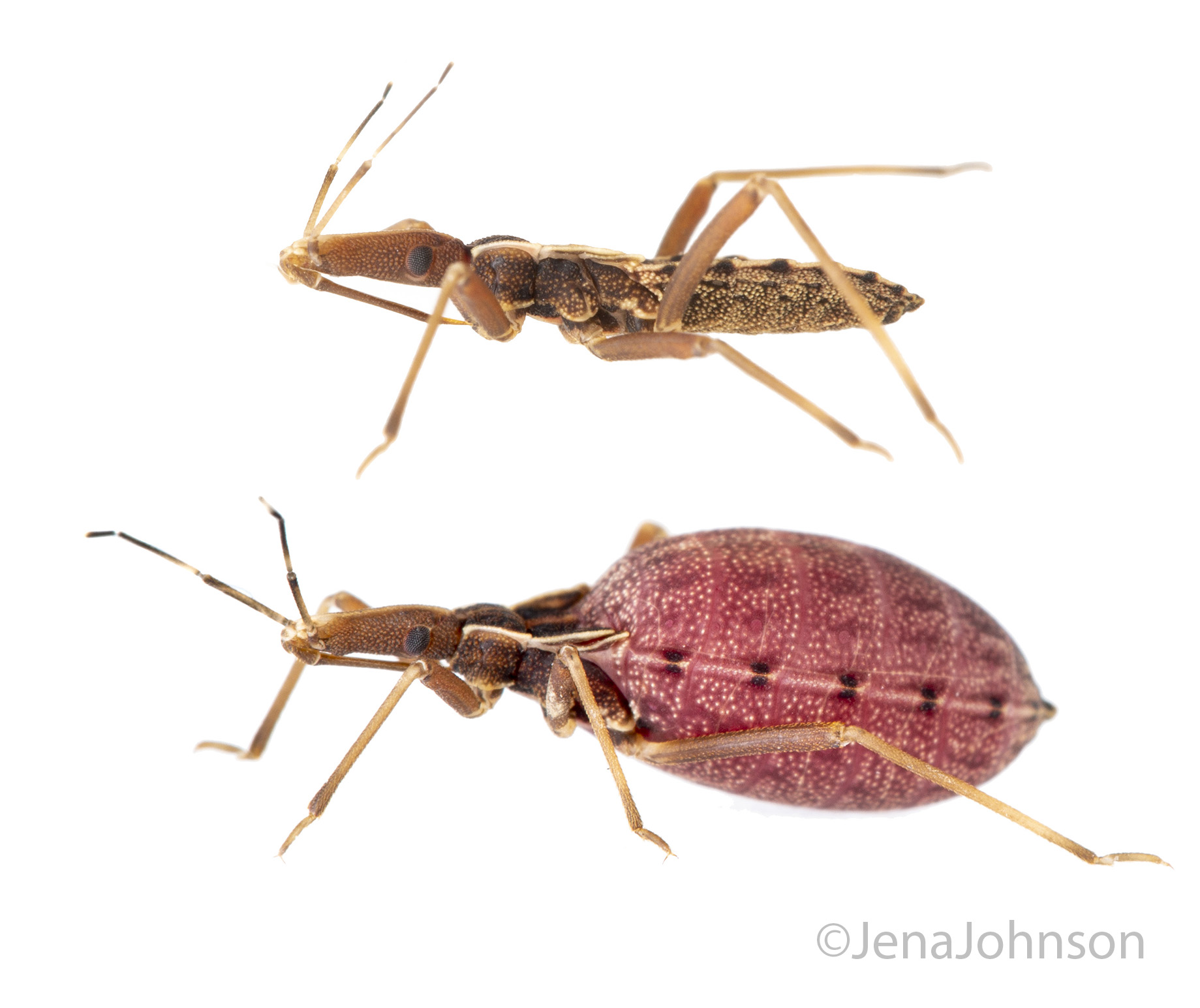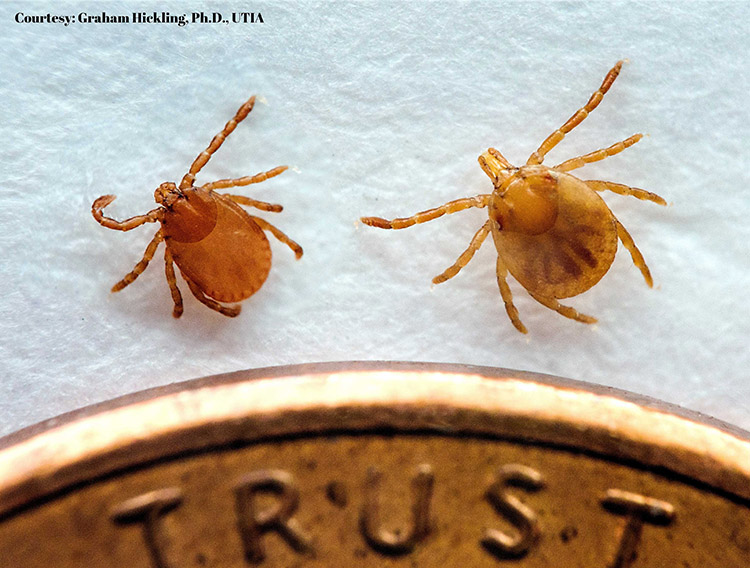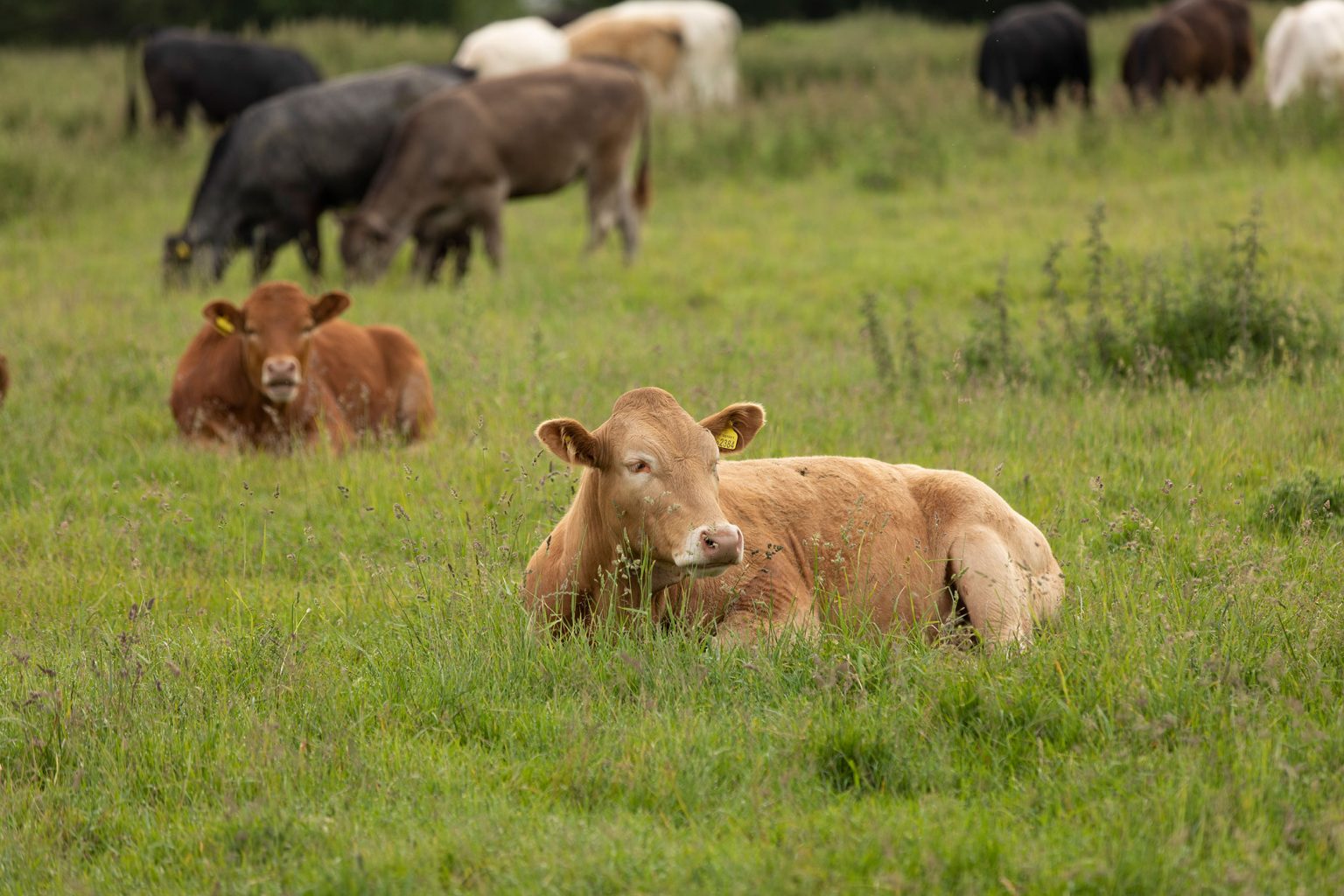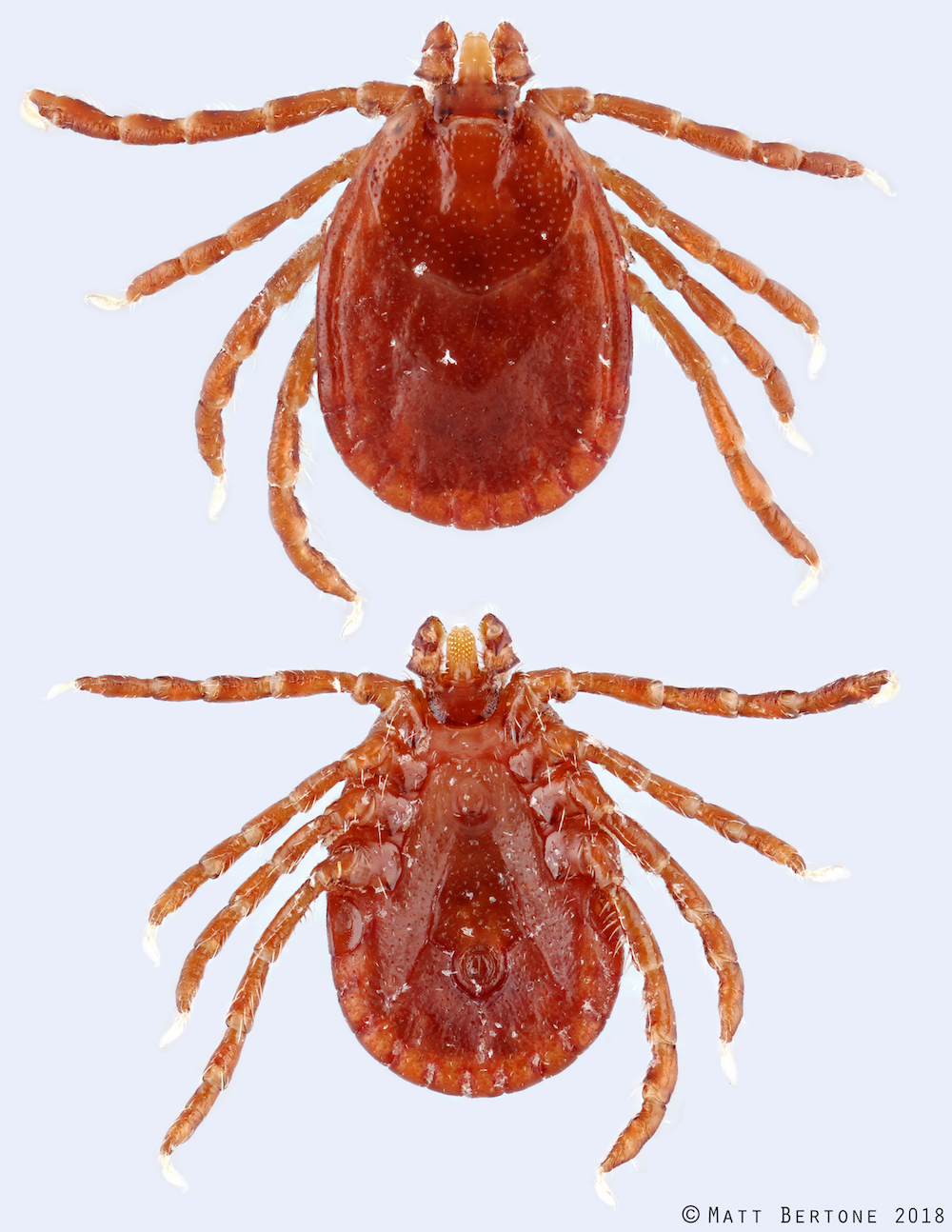If you're into birding or just enjoy watching the action at your bird feeders, some scientists have a request: look for ticks.
If you see a bird with a fat tick stuck to its face, you may be able to help in a research project. What the scientists want you to do is send them the ticks.
Really.
Catching a bird to remove the ticks won't be as hard to do as you're imagining. It may be as simple as picking it up off the ground.
"There's a tick species that infests only birds, attaching around the head and neck and producing paralysis," said Nancy Hinkle, a University of Georgia Cooperative Extension entomologist.
Tick spit
She's helping collect specimens of this tick (Ixodes brunneus) for Auburn University entomologist Gary Mullen's research. She needs living ticks, because the study is of the female ticks' saliva.
A component of the bird tick's saliva causes paralysis in birds, Hinkle said. It first affects the wings and legs, preventing birds from walking and flying. It progresses until the bird becomes unable to breathe, and it dies.
Bird ticks are even harder to study than you might imagine.
"These ticks are found only in the winter and in three-year cycles," Hinkle said. "Winter 2005-2006 is a year we expected to find them. However, reports have been low so far. And the season typically ends by late March."
That's where you come in.
Help
Over the next few weeks, Hinkle needs your help if you see these ticks on birds at feeders or find dead or dying, tick-infested birds.
If you find a bird in early stages of paralysis, you may be able to save it. If you remove the ticks before the bird develops breathing problems, it may recover and be fine.
If you try to rescue the bird, wrap it in a towel to keep it from struggling. Pick the ticks off carefully. Look under the feathers to be sure you get them all. Then place the bird in a large paper bag or box for a few hours. You wouldn't want a predator to catch it before it's able to fly again.
"We'd like to have live tick specimens," Hinkle said. "So if you remove the ticks, place them in a bottle with a moistened (but not wet) tissue."
The whole thing
If the bird's dead, just place the carcass in a plastic bag and seal it with a twist tie. Take the ticks or birds, or both, to the county UGA Extension office (1-800-ASK-UGA1). Or send them to Ticks, Department of Entomology, 413 Biological Sciences Building, University of Georgia, Athens GA 30602-2603.
Include a note with the date the bird was found, the type of bird and, if you don't mind getting a follow-up call, your phone number. If you have a question, call UGA entomology lab manager Sarah Bione at (706) 542-9033.
In larval and nymph stages, at least eight tick species feed on birds in Georgia, said Lance Durden, an assistant professor of biology at Georgia Southern University. Several of those may feed on humans, too.
Easy picking
"Actually, we haven't collected many Ixodes brunneus from birds in our studies," said Durden, who has studied ticks in Georgia for two decades. "Most of the ticks we remove from wild birds in Georgia are larvae (mostly) or nymphs of Ixodes scapularis and Amblyomma americanum."
Birds with attached bird ticks (Ixodes brunneus) are often easy to spot, Durden said. They tend to stumble or fall off the feeders.
"We haven't looked at ticks on birds in garden and yard settings," he said. "But it could be that these kinds of habitats are better suited for I. brunneus."
To learn more about bird ticks and rescuing infested birds, see the Hilton Pond Center for Piedmont Natural History Web site (www.hiltonpond.org/ThisWeek060115.html).







